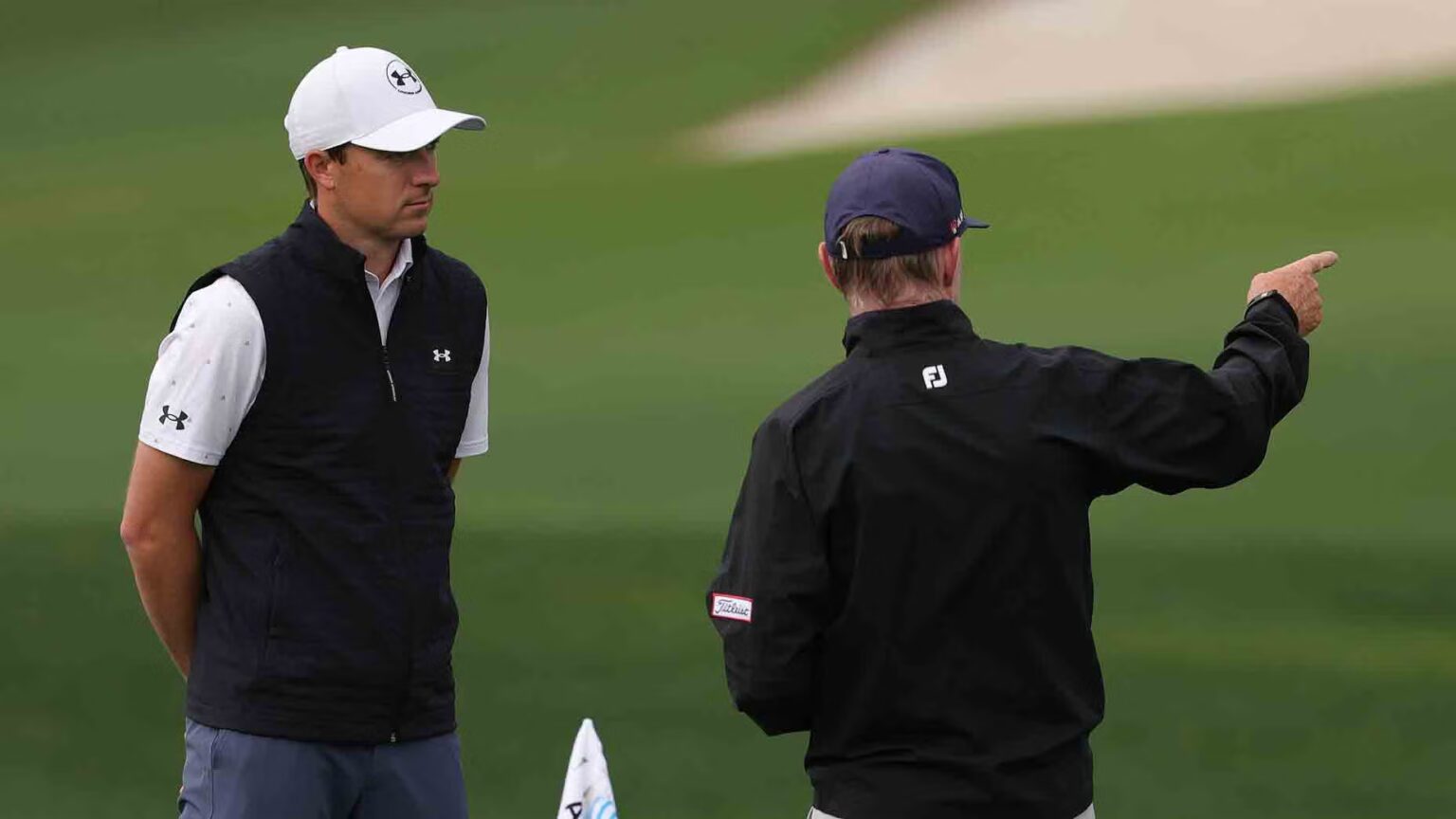Understanding Golf Swing Mechanics: Why Your Ball Might Be Going to “Right Field” and How to Fix It
Golf is a game defined by precision, where every swing can dramatically influence gameplay outcomes. Are you frustrated with your ball consistently veering off course to the right? This is a common issue that many golfers face and can be pivotal in a round of golf. Drawing insights from Cameron McCormick, a respected GOLF Top 100 teacher, we will explore the technical aspects of this issue and provide actionable solutions to correct it.
Common Causes for Right Field Shots
When your golf ball is consistently flying towards the right side, it can be perplexing for players at all skill levels. This issue, often referred to as a slice or push, is typically caused by an improper swing path or clubface alignment at impact. A detailed understanding of these factors is essential for rectifying the problem.
Misalignment of the Clubface
One of the primary reasons your golf ball may be heading towards “right field” is misalignment of the clubface. If the clubface is open at impact, it can send your ball on a rightward path. This often results from poor grip or alignment at address. Golfers should ensure their grip is neutral, and that they are aiming properly. Focusing on the orientation of the clubface during swings can drastically improve direction accuracy.
Improper Swing Path
Another major factor is the swing path itself. A swing that moves outside-to-inside across the ball can create sidespin, leading to even more rightward movement. A proper swing path typically follows an inside-to-out approach, allowing for a more effective strike on the ball. Understanding how to adjust your swing can help personalize your approach, resulting in improved performance.
The Role of Body Mechanics
The body’s mechanics play an integral role in the trajectory of the shot. Improper weight transfer can result in a failure to maintain balance throughout the swing, often causing the golfer to pull the club back and push through inaccurately. Golfers should focus on their body rotation, ensuring they engage their core and legs, ultimately leading to a more natural and fluid swing.
Developing a Consistent Grip
Cameron McCormick emphasizes the importance of grip consistency. A suitable grip can provide the control needed to redirect your ball. Golfers should practice different grip styles to find one that works best for their natural swing. A consistent grip creates muscle memory, which is key for achieving baseline accuracy on each swing.
Importance of Alignment Drills
Practicing alignment drills can also significantly aid in combating rightward misses. Using alignment sticks during practice sessions can help golfers maintain proper body orientation, ensuring that they are set up well before making contact with the ball. These simple drills reinforce correct stance and checks, identifying potential areas of concern before they become problematic during play.
Visualization Techniques
Visualization plays a significant role in golf performance. Many accomplished players, including those mentored by McCormick, utilize mental imagery to refine their swings. Visualizing the desired shot path can create a mental reference point that may assist in achieving a more accurate release.
Effortless Transition
Smooth transitions in the golf swing can help mitigate the risk of misalignment or poor mechanics. A focus on a fluid motion rather than a forceful hit can lead to a more balanced shot. Working on rhythm can optimize your swings. Golf instructors often recommend simplified motions to help create that seamless transition.
Seeking Professional Guidance
If you consistently find yourself struggling with right-field shots, seeking advice from a professional might be beneficial. Coaches like Cameron McCormick analyze swing mechanics and provide personalized training regimens tailored to individual needs. Professional insight can help decipher underlying issues that might be missed during self-analysis.
Utilizing Technology in Training
Integrating technology into your training can provide valuable feedback. Launch monitors, video analysis, and swing simulators allow golfers to understand their mechanics better. Tools such as these can break down intricate components of a swing, offering key insights into how to correct issues leading to rightward shots.
Continuous Improvement for Long-Term Success
Finally, honing your skills will take time and patience. Continuous practice, coupled with informed adjustments, will lead to long-term improvement. Understanding the nuances of your golf swing will empower you on the course and allow for enhanced performance, turning your once-frustrating misses into successes.
Conclusion
In conclusion, if you find your golf ball frequently veering off to “right field,” understanding the mechanics behind your swing is crucial. By addressing issues such as clubface alignment, swing path, grip consistency, and body mechanics, you can effectively improve your accuracy. Incorporate drills and professional guidance for sustained success. Armed with these insights, you are well-prepared to address your golfing challenges and refine your technique over time. With dedication and practice, achieving a more controlled swing and accurate shots is well within reach.
For more Golf Tips and Techniques
To further delve into golf mechanics and improve your game, stay updated with expert advice from renowned coaches and industry professionals. Resources and articles are readily available that can provide ongoing guidance in your golfing journey, so be sure to explore various platforms for valuable insights. Remember: every golfer has the potential to excel with the right tools and knowledge. Happy golfing!
